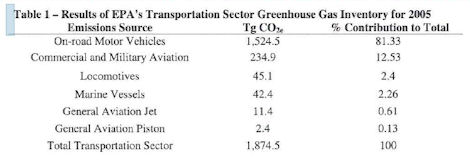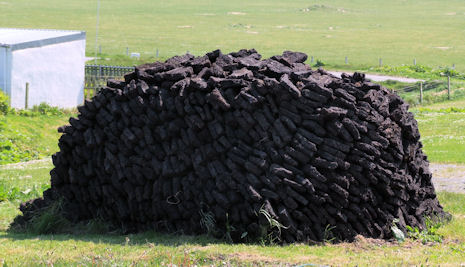I wasn’t very environmentally friendly over the Christmas holidays.
A CO2 emission of 2.1 tonnes, my share of a return flight to the US, represented about a quarter of the average UK person’s total yearly emission of 9 tonnes.

I used this fact recently as a topical lead-in for another article, adding that I once flew light aircraft as a hobby (=double criminal for sure). But that presumption stuck in my head and prompted some research into the impact those little private planes really have in the big picture of global warming.
‘General Aviation’ is the name used in its broadest sense to include all non-scheduled corporate aviation plus private and sport aviation. Take out the corporate jets, and we’re left with the ‘Piston GA’ category of the sort covered by my license, and including familiar planes like the four seat Cessna 172.
USA emissions data fell most readily out of Google, with the Aircraft Owners and Pilots Association (AOPA) pointing to EPA data showing GA’s contribution of less than 1% of all US GHG emissions from the transport sector, and Piston GA only 0.13%. They argue that this is small potatoes compared to other sources more worthy of the regulator’s attention (see table) .

So that’s 2.4 million tonnes of CO2 from relatively small piston engined aircraft (a Tg or tera gram is one million metric tons, or tonnes) . FAA data on the number of private licenses suggests this emission is associated with 200,000, of the 600,000 or so total pilots in the US.
In the UK, there are far fewer private pilots overall (around 35,000 license holders), and Piston GA in particular has a much smaller role in the economy.
We can estimate C02 from an assumed fuel consumption for the Cessna 172 of 8.6 US gallons per hour, producing 2.3kg CO2 per litre, equating to 75kg CO2 per hour. Estimating the average recreational pilot is flying less than 50 hours a year equates to 3.7 tonnes CO2, which for 35,000 licensed UK pilots is 130,000 tonnes CO2.
Having a low relative impact is not an excuse to do nothing in this case. Two efforts to reduce emissions further are exemplified by the Carbon Neutral Plane Programme, which arranges for aircraft owners to offset their aircraft’s emission through financial support of CO2 reduction projects, and technology incentives like the Green Prize competition run by CAFE and reported here. Technical innovations include engine modifications within existing airframes, such as the introduction of Full Authority Digitial Engine Control (FADEC) – for 15% fuel savings, the substitution of a single, high-efficiency jet in place of two piston engines, and more radical solutions such as electric powered aircraft.
In summary:
- The average guy you see out for a fly on a Sunday afternoon is putting 3.7 tonnes of CO2 into the atmosphere over the year
- If you take one long haul holiday with your partner, your combined associated emission is larger, at say 4 tonnes CO2, than the private pilot’s (double that if you take a couple of kids)
- There are around 35,000 private pilots in the UK
- There are over 60 million people in the UK – many taking foreign holidays
I guess we all need to decide which of our carbon burning activities are the more unnecessary and decadent – it’s not obvious. And while I sense some unreasoned prejudice against it, my point is not to defend GA or any other position, but to illustrate the importance of understanding in general on CO2 issues: (a) impact per unit activity, (b) absolute impact, and (c) the opportunity cost of not putting your time, financial, intellectual, management, and emotional resource where it can do the most good.
